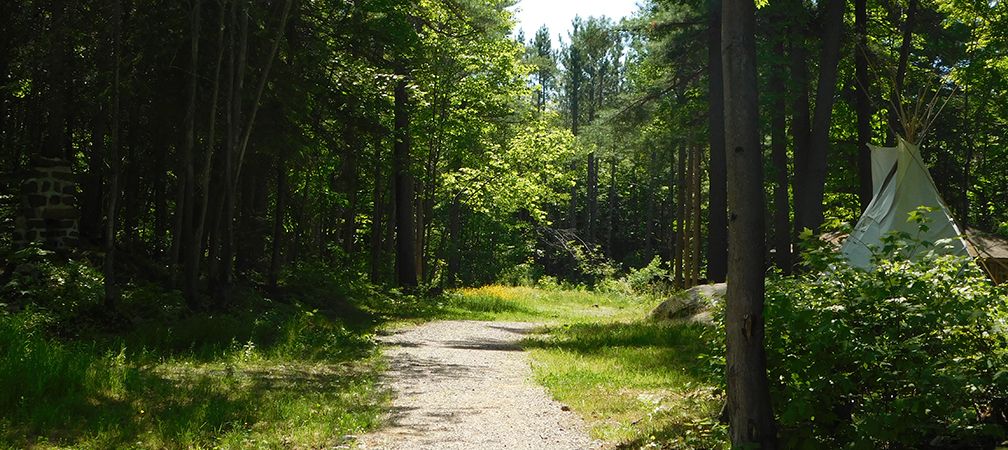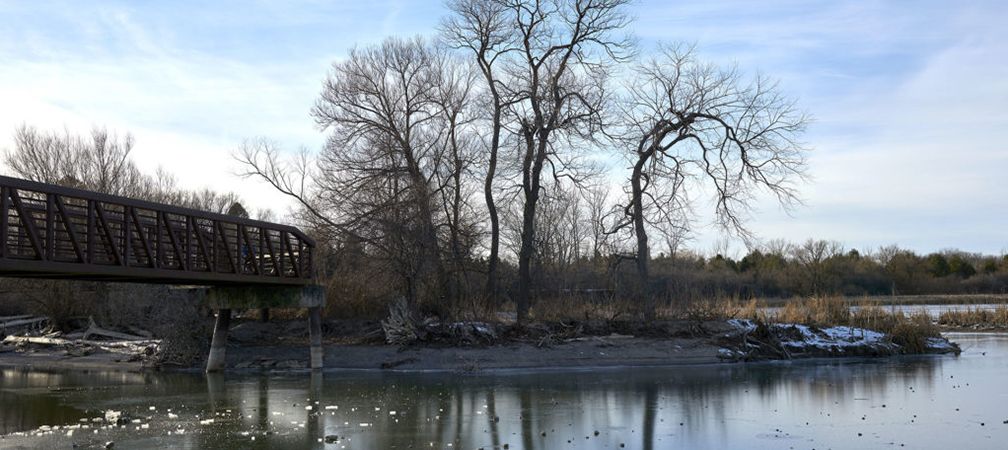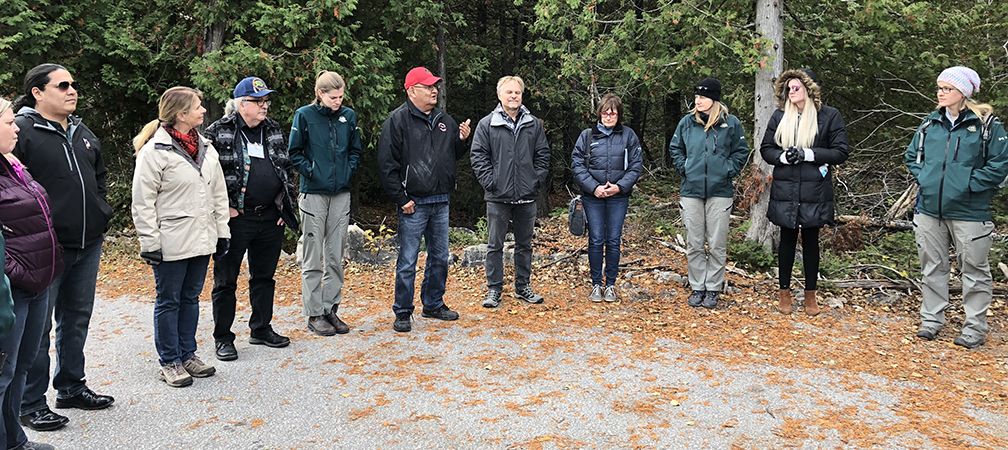Ontario Nature Blog
Receive email alerts about breaking conservation
and environmental news.
© Lora Denis
Farabout Peninsula, Eagle Lake/Migisi Sahgaigan © Anne Bell
Across Turtle Island (what is currently known as North America), Indigenous Protected and Conserved Areas (IPCAs) are rightfully being recognized as a solution to climate change and biodiversity loss, while simultaneously providing a path towards Indigenous Nations having their ancestral responsibilities to the Lands and Waters acknowledged and respected through reinstating their sovereignty and jurisdiction over their territories.
The Indigenous Circle of Experts in the We Rise Together report define IPCAs as: “lands and waters where Indigenous governments have the primary role in protecting and conserving ecosystems through Indigenous laws, governance and knowledge systems. Culture and language are the heart and soul of an IPCA. IPCAs vary in terms of their governance and management objectives. However, they generally share three essential elements: Indigenous-led, represent a long-term commitment to conservation and elevate Indigenous rights and responsibilities.”

IPCAs provide an alternative to the more familiar ’parks’ and ‘nature reserves’ and are premised on a fundamentally different view of our engagement with the Natural World. They are led and informed by Indigenous worldviews that shift the paradigm from a rights-based ownership approach to a responsibility-based relationships approach. With IPCAs, Indigenous knowledges can teach us how to return to our original relationship with the Earth and All Our Relations, ensuring a sustainable future for all our generations still to come.

IPCAs operate under Indigenous governance, utilizing Natural Law to determine how Land can be used and therefore protected. For example, as highlighted in the We Rise Together report, the Tla-o-qui-aht Tribal Parks came to existence after 70 years of protesting against B.C. clear-cutting of ancient cedar rainforests on Meares Island. The creation of the park was both a method of resistance to the resource extraction and an assertion of Tla-o-qui-aht legal jurisdiction and responsibility to the Land.

If we are committed to protecting our Lands and Waters from continued damage and committed to reconciliation with Indigenous Nations, IPCAs are undoubtedly the path forward we should be choosing. “Our old approaches to protecting nature must evolve as we confront the colonial legacy of conservation,” says Anne Bell, Ontario Nature’s director of conservation and education. “IPCAs and other forms of Indigenous-led Conservation are our best hope.

Canada’s historic investment of $2.3 billion in nature conservation will be vital in addressing the “challenges and barriers posed by entrenched colonial systems and processes” as Indigenous Nations work to establish, resource and manage IPCAs. Our collective responsibility to reconciliation requires respecting, acknowledging and working with Indigenous Laws and Indigenous Nations’ jurisdiction in their ancestral and contemporary territories — this is especially true with IPCAs that offer possible partnerships with the governments and conservation organizations.
It is for good reason that IPCAs are gaining so much traction. Now it is up to all of us to educate ourselves about the opportunity and how to move forward with respect, gratitude and responsibility.

Gananoque Lake Nature Reserve © Smera Sukumar